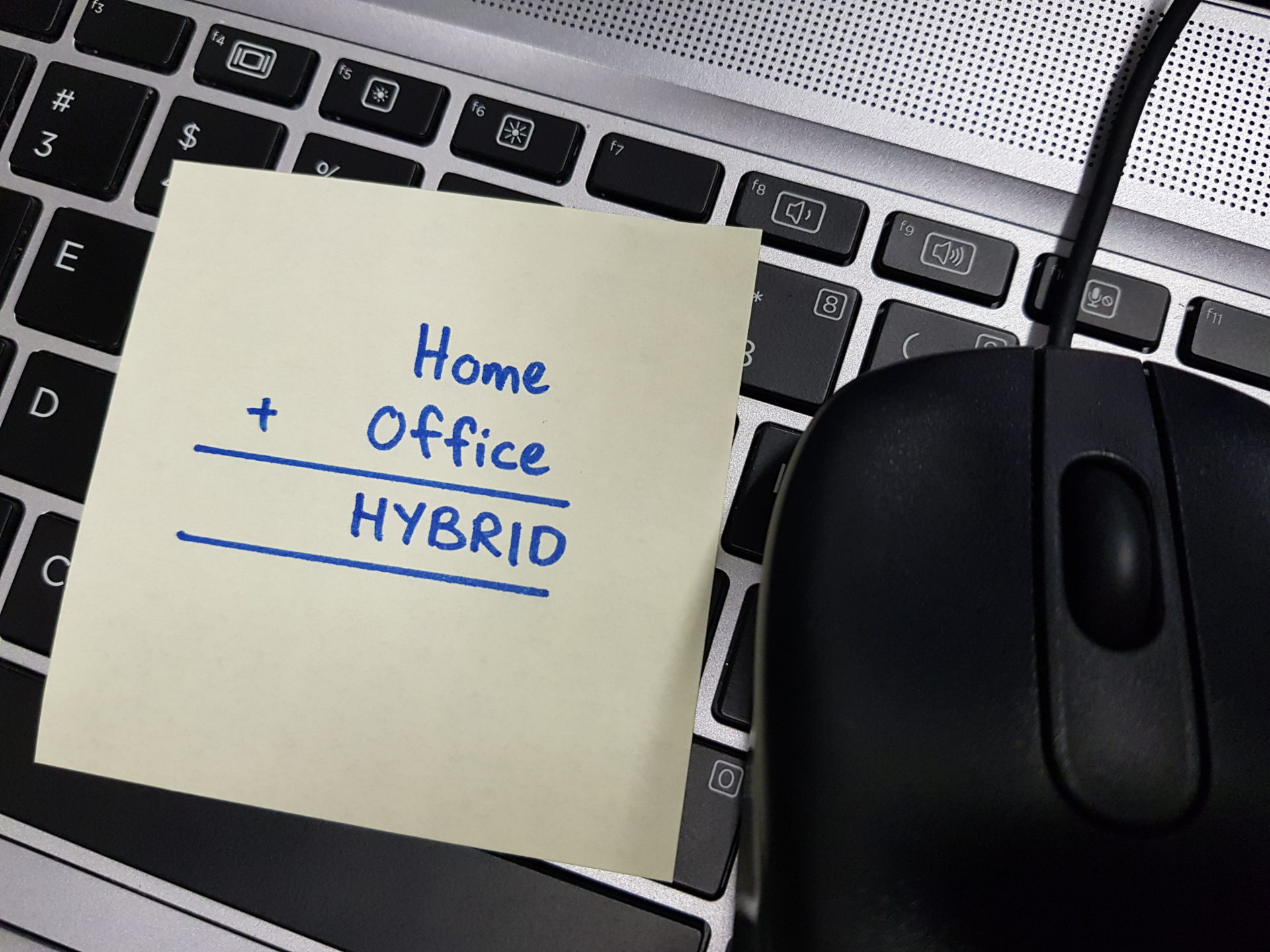The pandemic has changed the way millions of people in the United States do their jobs, and after two years of mostly, or entirely remote work, employees and employers alike are re-evaluating how and where work gets done.
When the pandemic began, Blue Cross and Blue Shield of Nebraska (BCBSNE) transitioned its workforce from its office in Aksarben Village to work from home. The new remote environment created opportunities to recruit employees from across the state.
In September of 2020 during the height of the pandemic, BCBSNE launched a pilot program to expand remote-working opportunities to support job growth and economic development. The program was an immediate success. Over 1,200 applications were submitted for the first 10 new positions and subsequently, several fully remote positions have been created and filled by people across the state of Nebraska since.
The program’s success was encouraging and exemplified how employees can be effective in a remote working environment. When the time came to decide what the future of work would like for BCBSNE, leaders were quick to offer flexibility and options that were mutually beneficial for both parties.
“We learned quickly that productivity and efficiencies were not disrupted when we sent our workforce home due to COVID-19,” said Daryl Teitler, vice president of human resources for BCBSNE. “When it was safe to return, we decided to offer our employees options to choose from with where they prefer to work, and what is best to balance their work and personal lives.”
Option one: fully in the office
Beginning in September of 2021, employees who wanted to come back to the office were welcome to do so as long as Centers for Disease Control and Prevention guidelines were followed. Employees who decided to work in the office fulltime cited in-person collaboration and engagement as benefits to being in the office.
“I like visiting and collaborating with my friends in the office and coming into work allows me to do so,” said Ben Rose, vice president of market solutions and customer experience at BCBSNE. “Being in the office also allows me to keep my work life and my home life separate. When I’m home with my kids, I’m able to be fully present and likewise when I’m at work.”
Option two: hybrid
BCBSNE offers two types of hybrid work options: hybrid, primarily at home and hybrid, primarily in the office. These two options offer a location-flexible arrangement, allowing employees to combine onsite and offsite work as they and their managers see fit. Nearly 85% of the BCBSNE workforce falls under one of these categories.
“I chose our hybrid (primarily in the office) work option,” said Joe Woster, customer experience and insights lead. “This arrangement lets me collaborate in-person most of the time, while providing the flexibility to focus remotely when necessary.”
Option three: fully remote
Remote work has been around for ages, but the pandemic made it more accessible to people from a wide variety of backgrounds and industries. This style of work has been beneficial for BCBSNE, as it has allowed the company to hire people who live across the state.
“Our team is spread out through Nebraska and western Iowa, so we are all working from home,” said Leigh Ann Ingraldi, provider executive for BCBSNE. “This was a strategic decision so that we can all remain on the same page and there isn’t a disconnect with part of our team receiving information before others, which has made for a more cohesive working relationship.”
Whichever option employees choose, BCBSNE is equipped to set them up for success in an environment that is most conducive for productivity.
For more articles like this, visit Team Blue.






